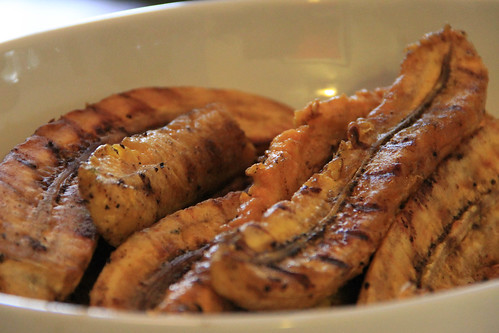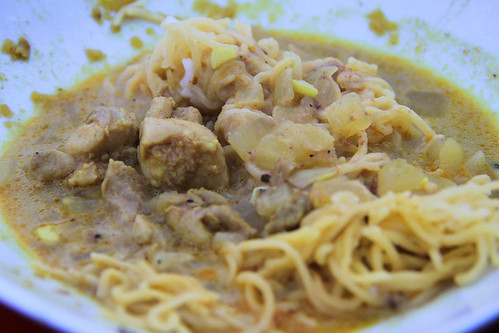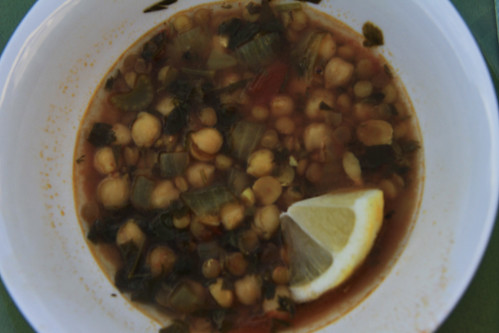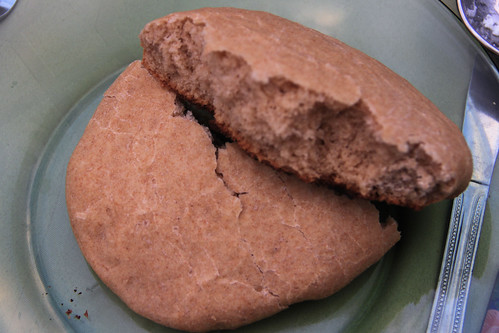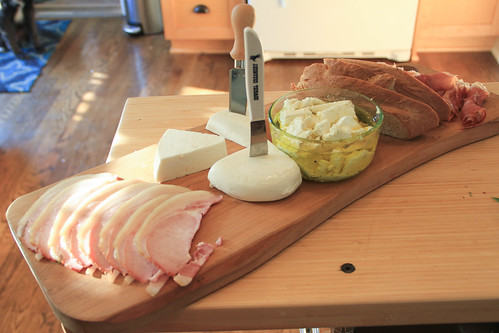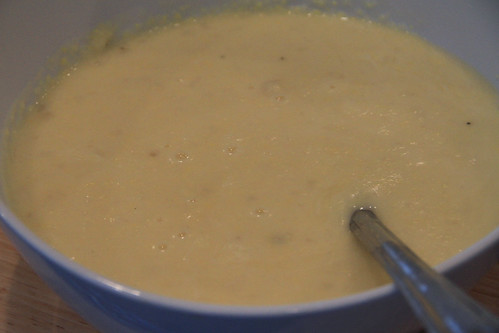
Palau is another one of those low-population island countries in the vast Pacific. We've discovered along the way that the traditional foods tend to be quite straightforward, and that recipes are quite hard to come by, as often the cooking is more defined as a way to put things together rather than a set of instructions and ingredients to follow. Once again I ended up figuring out what, if not now, to cook by scrolling through Facebook groups.
Joining us on this probably inaccurate adventure through this gorgeous country's food were Christina, Nancy, Dale, Mary K,aren, Mark, Jeff, Carla, and friends.
Koroke | Croquettes | Based on this recipe

There's a strong Japanese influence in the modern food scene in Palau, due both to the occupation of much of the 20th century, and the p0pularity of Palau as a vacation destination for Japanese tourists. While following the classic Japanese croquette style of breading filling with tempura batter and then panko, the filling is a bit of a variation with purple taro and cabbage in addition to ground pork.
Ukaeb | Crab with coconut cream | Recipe

A very straightforward combination. The crabs I bought were very slim on meat, so we used the shells mostly for decoration, with most of the meat coming from a can I thankfully thought to buy.
Beldakl | Fish in broth | Recipe
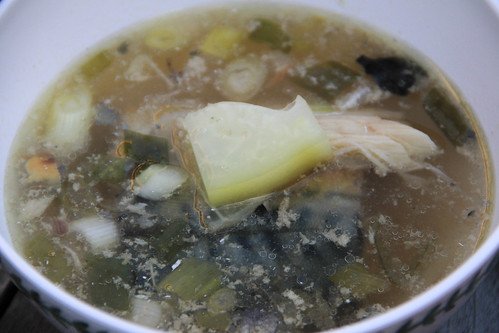
I found this one tough to figure out and have no idea how well I executed it, but at its core it's a sort of fish soup with aromatic leafy greens and vegetables. My research indicated that it often has a fruit that's similar to starfruit, but I couldn't even find that, let alone the titiml leaf that was called for. I did my best with green onions, which was probably a travesty, but it tasted fine.
Taro
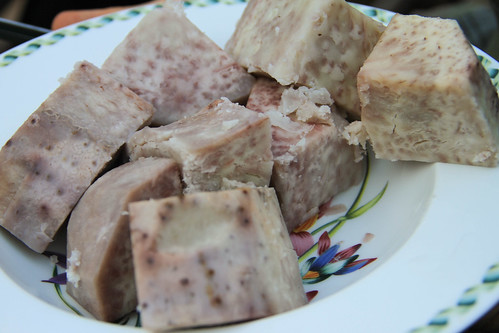
As we've seen time and again from this part of the world, taro is an extremely popular tuber. This time I boiled it. As always, if you're preparing it, wear gloves to avoid the tiny crystals irritating your skin.
Aiskater | Frozen starch dessert |Recipe

This seemed like it would be fun, but the contents froze very firmly to the cup, so there was no way to pull it out like a popsicle as we expected. When it softened a bit we managed to taste some with a spoon, and it tasted about how you'd expect sweetened, frozen cornstarch slurry to taste: fine, a bit refreshing, but at least to me not something to crave.





